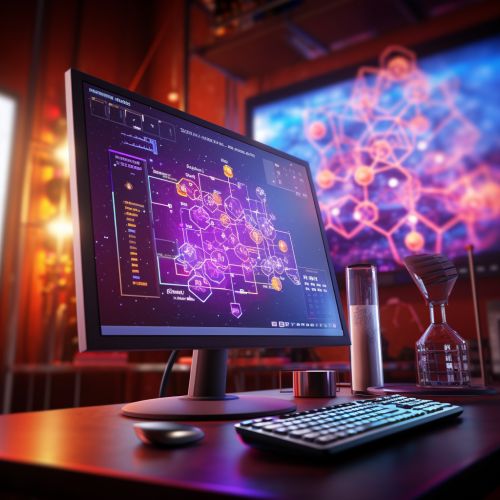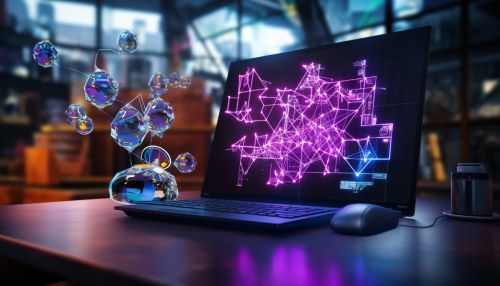The Role of Artificial Intelligence in Drug Repurposing
Introduction
Artificial Intelligence (AI) has been increasingly applied in various fields, including the pharmaceutical industry. One of the most promising applications of AI in this sector is drug repurposing, also known as drug repositioning, redirecting or reprofiling. This is the process of identifying new therapeutic uses for existing drugs. AI can significantly accelerate this process and increase its efficiency, reducing the time and cost of drug development Learn More.


The Need for Drug Repurposing
The traditional drug discovery process is time-consuming, expensive, and fraught with high failure rates. It often takes more than a decade and billions of dollars to bring a new drug from the discovery phase to the market. Moreover, only a small fraction of investigated compounds actually become approved drugs. Drug repurposing offers a way to circumvent some of these challenges by finding new uses for drugs that have already been approved for other indications, or for drugs that failed to show efficacy in their original indication but may be effective for other diseases Learn More.
Role of Artificial Intelligence in Drug Repurposing
AI, particularly machine learning (ML) and deep learning (DL), can play a significant role in drug repurposing. These technologies can analyze large volumes of data, identify patterns, make predictions, and generate hypotheses at a speed and scale that is beyond human capabilities.
Machine Learning
ML algorithms can learn from data and improve their performance without being explicitly programmed. In the context of drug repurposing, ML can be used to analyze various types of data, such as genomic data, clinical trial data, and patient records, to identify potential new uses for existing drugs. For example, ML can be used to predict drug-disease associations, identify potential drug targets, and predict the efficacy of a drug for a new indication Learn More.
Deep Learning
DL, a subset of ML, uses artificial neural networks with multiple layers (hence the term "deep") to model and understand complex patterns in data. In drug repurposing, DL can be used to analyze complex biological data, such as gene expression data, protein structures, and molecular pathways, to identify potential drug-disease associations and predict the efficacy of a drug for a new indication. DL can also be used to model the interactions between drugs and their targets, which can help in predicting the potential side effects and toxicity of a drug for a new indication Learn More.
Challenges and Future Directions
While AI holds great promise for drug repurposing, there are also several challenges that need to be addressed. These include the quality and heterogeneity of data, the interpretability of AI models, and the need for validation of AI predictions in the lab and in clinical trials. Despite these challenges, the future of AI in drug repurposing looks promising, with ongoing advancements in AI technologies and an increasing recognition of the potential of AI in this field.
